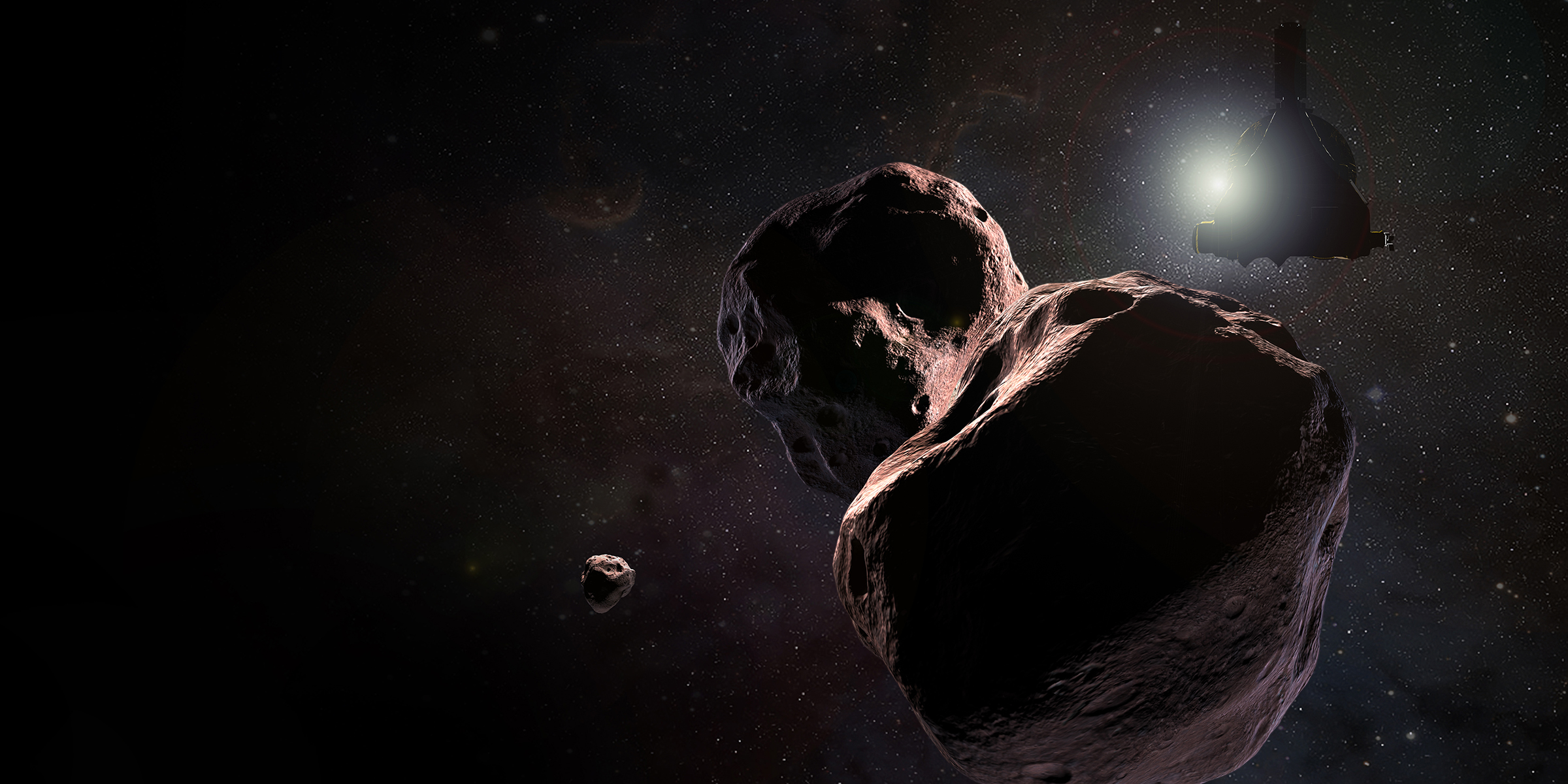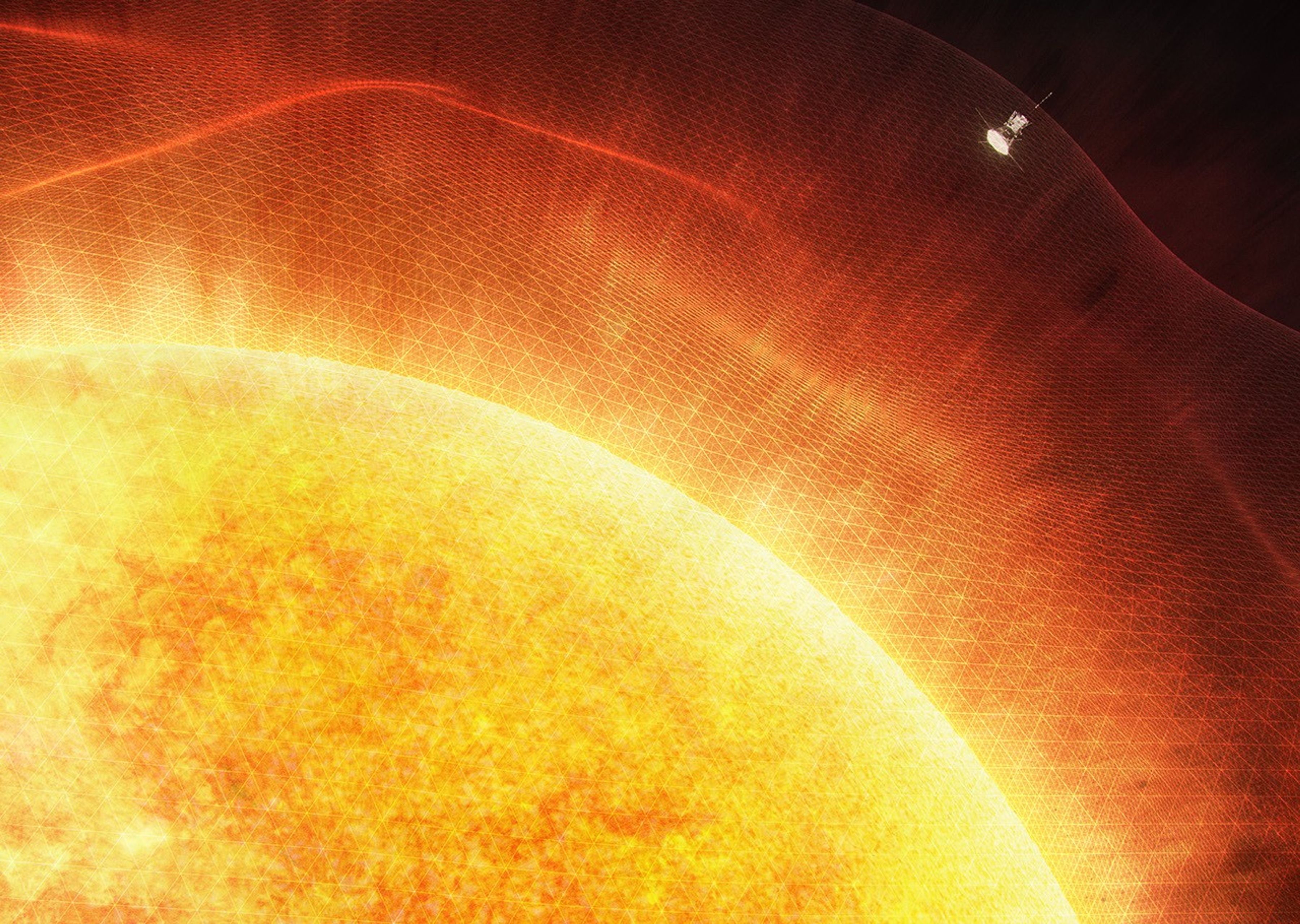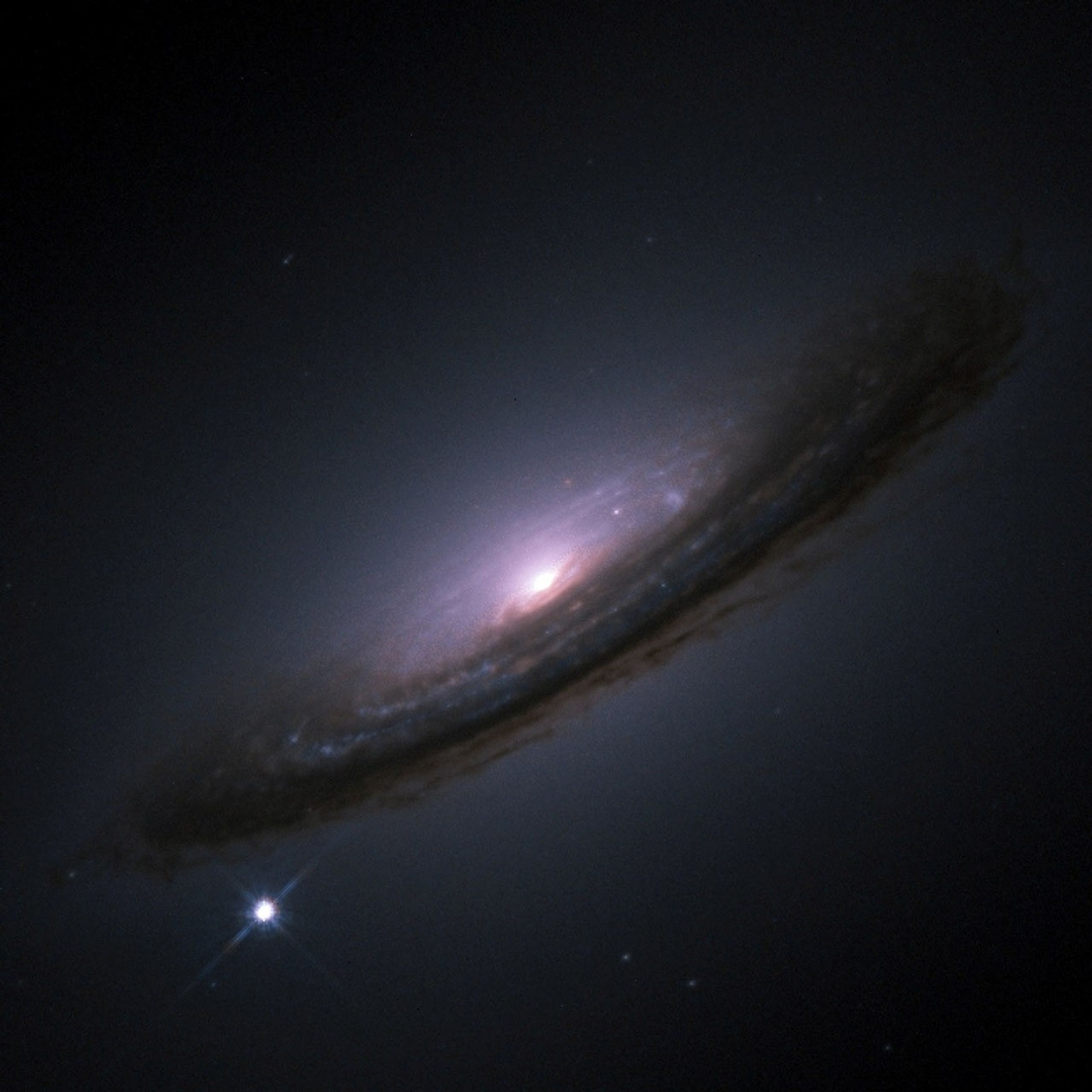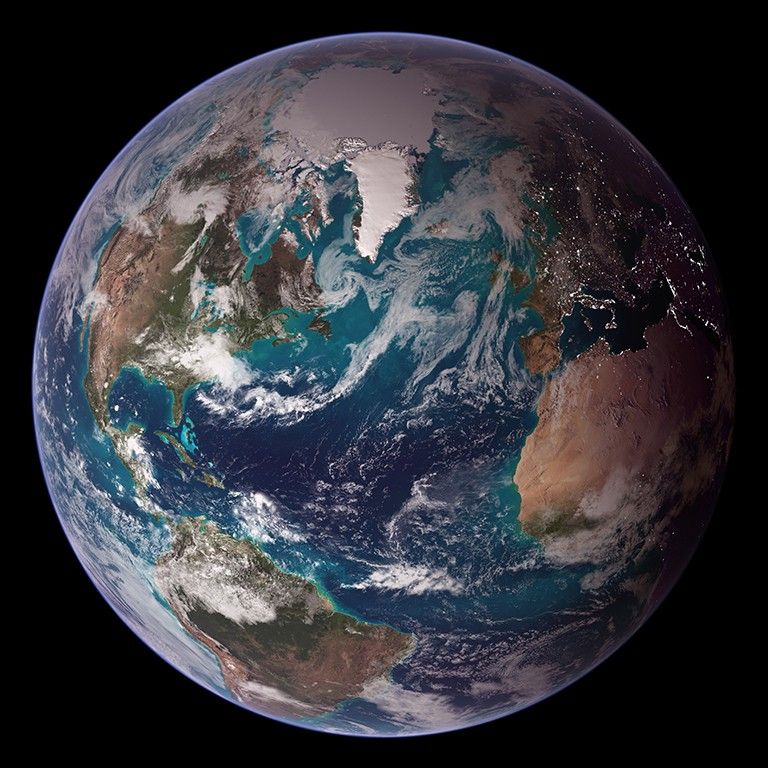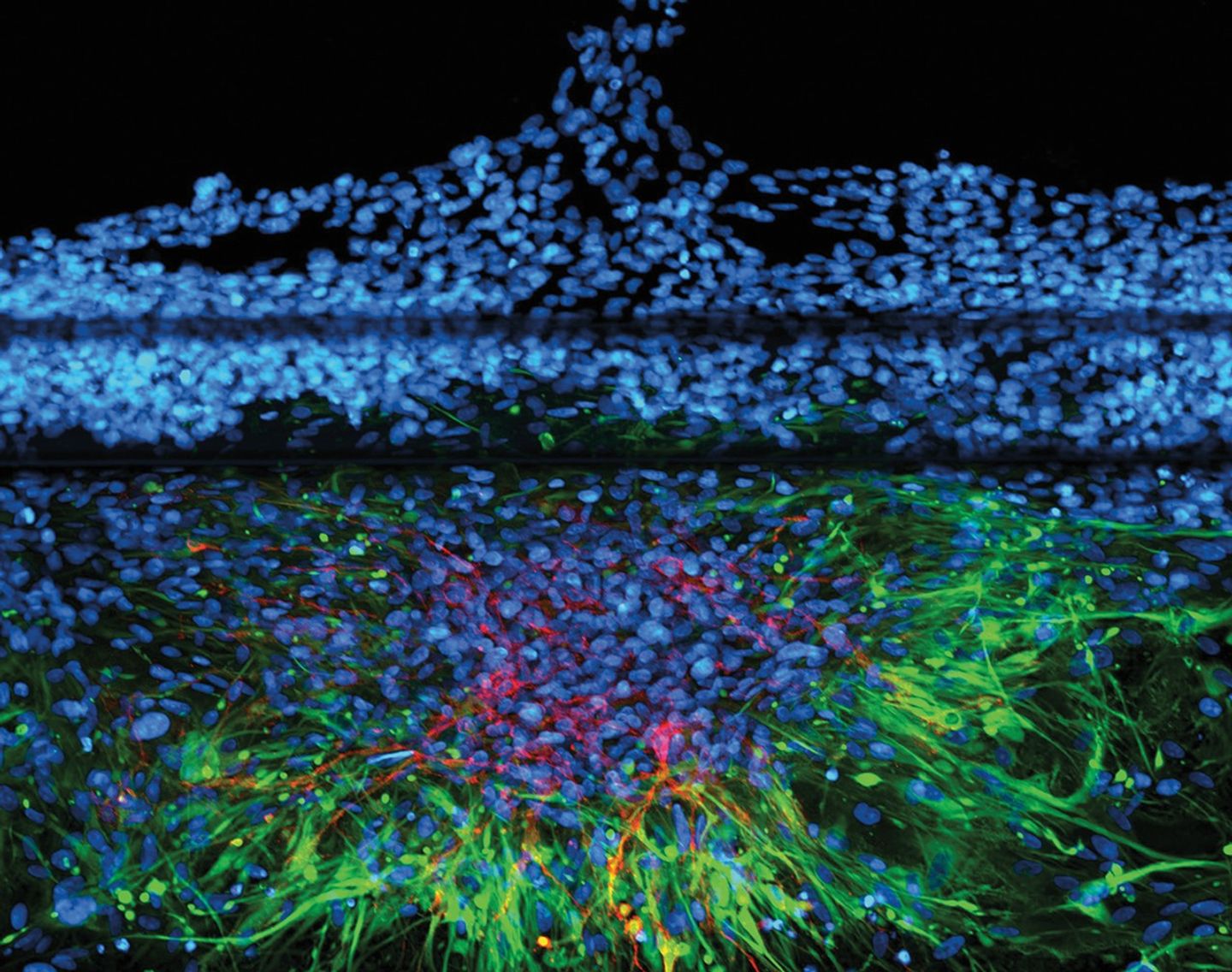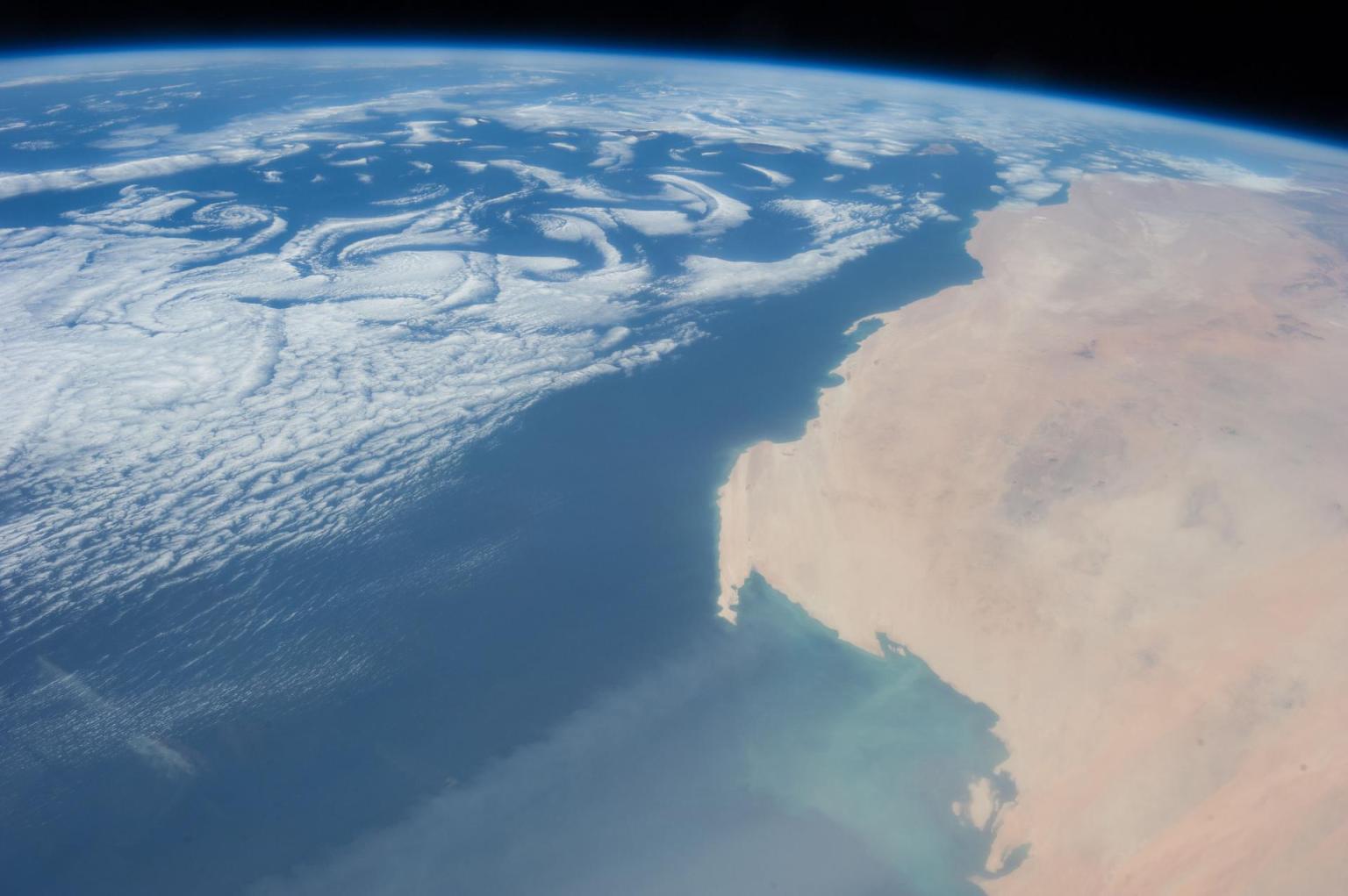
Open Science at NASA
NASA is making a long-term commitment to building an open science community over the next decade. Open science is a collaborative culture enabled by technology that empowers the open sharing of data, information, and knowledge within the scientific community and the wider public to accelerate scientific research and understanding.
Open Principles
The principles of open science are to make publicly funded scientific research transparent, available, and reproducible. Advances in technology, including collaborative tools and cloud computing, help enable open science, but technology alone is insufficient. Open science requires a shift to a more transparent and collaborative scientific process, which will increase the pace and quality of scientific progress.
Open science Facts
Open Science Features and Events
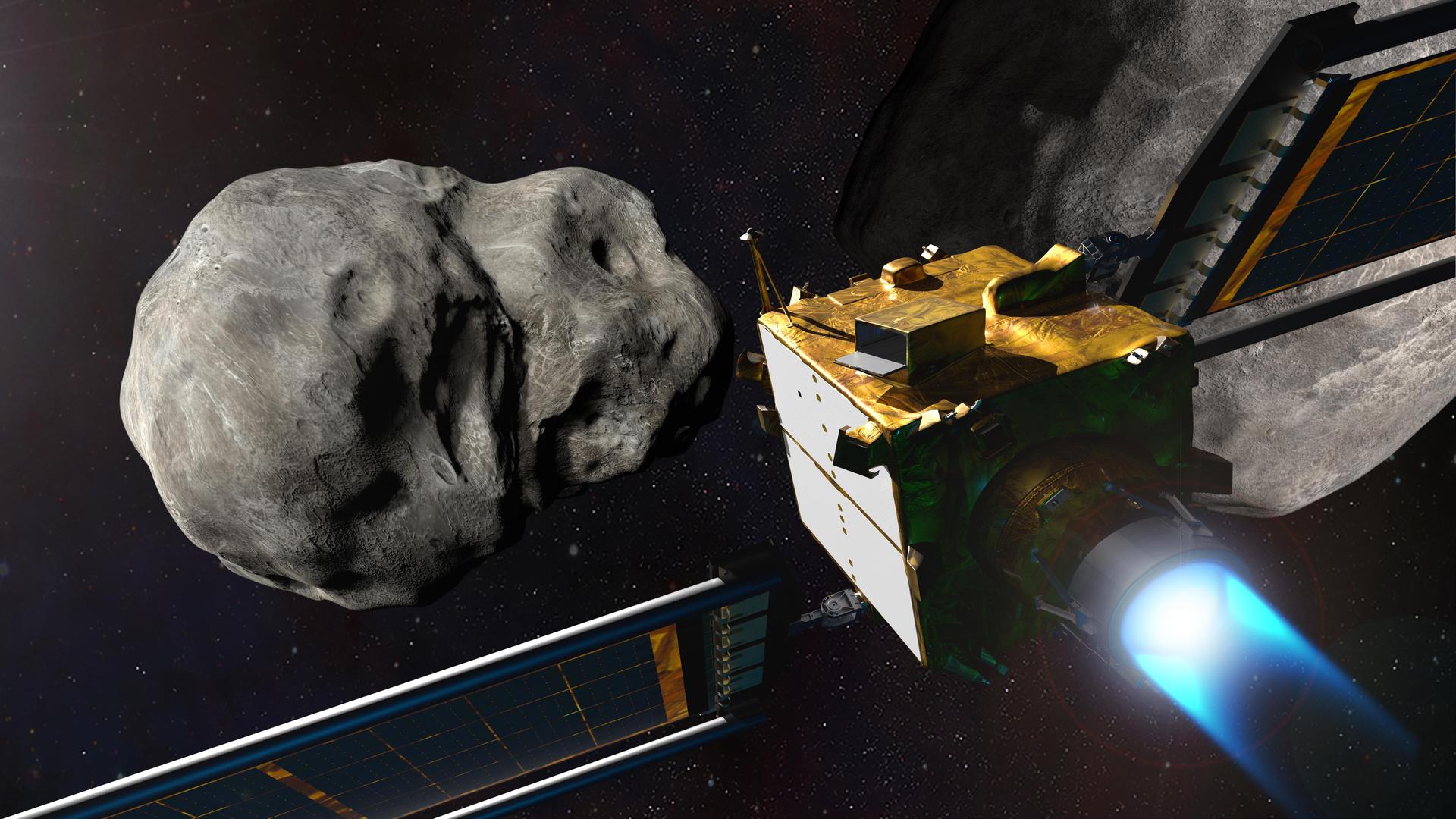
How NASA Science Data Defends Earth from Asteroids
NASA collects and shares data about near-Earth objects to identify any asteroids or comets that may pose a threat to Earth.

Citizen Scientists Use NASA Open Science Data to Research Life in Space
The Open Science Data Repository Analysis Working Groups invite volunteers from all backgrounds to help study how life can thrive in deep space.
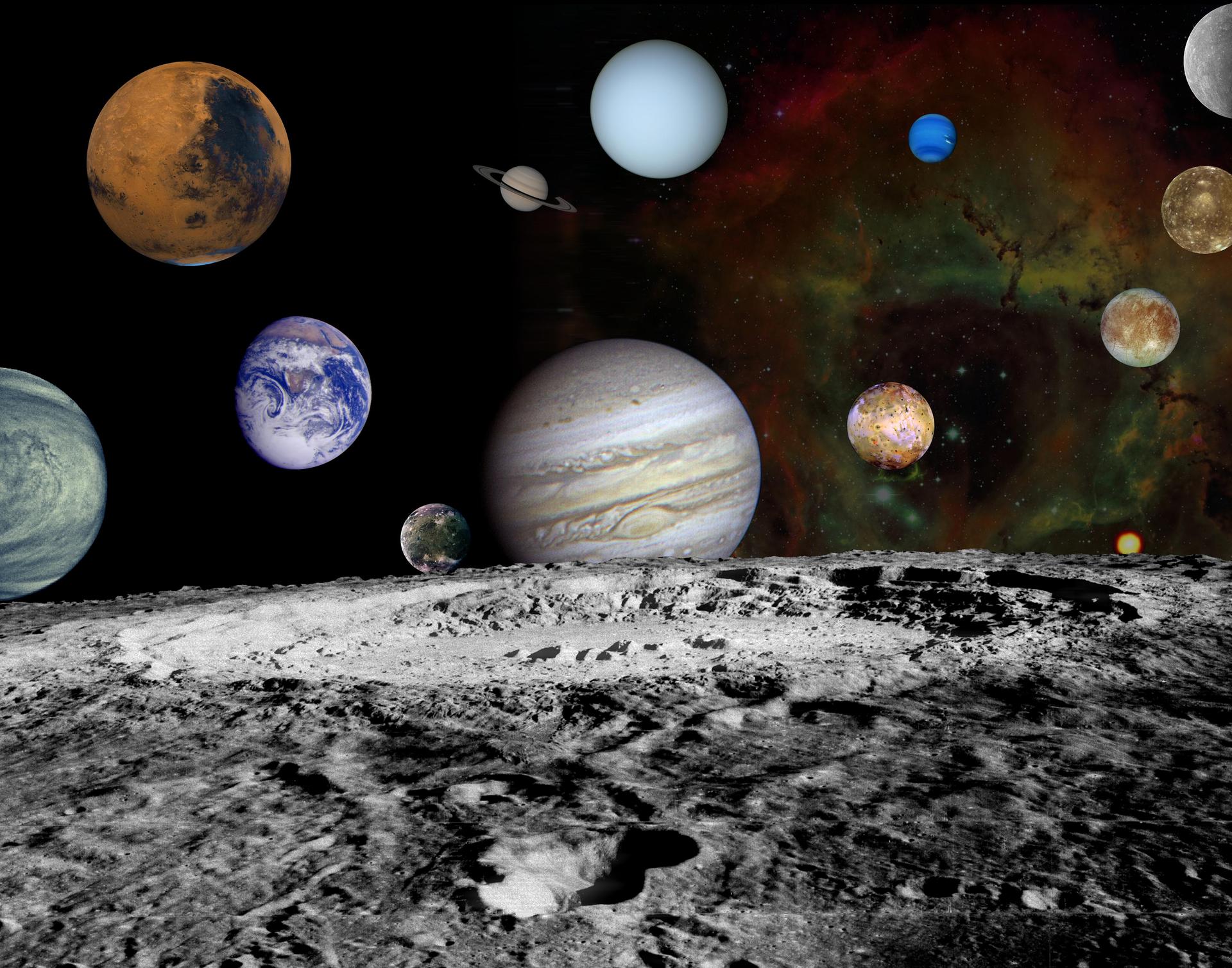
Old Missions, New Discoveries: NASA’s Data Archives Accelerate Science
NASA's science data archives continually enable new scientific discoveries, with over 50% of scientific publications relying on archival data.

Open Science Enables Study of Genetic Changes in Microgravity
PhD candidate Konstantinos Adamopoulos used open data from NASA's GeneLab to compare genetic changes in mice and humans during spaceflight.
Subscribe to the NASA Open Science Newsletter
Get monthly news and updates about NASA open science initiatives.
We will never share your email address.
